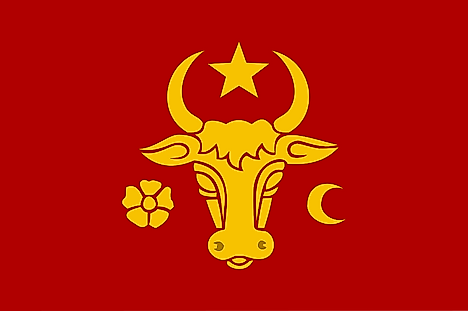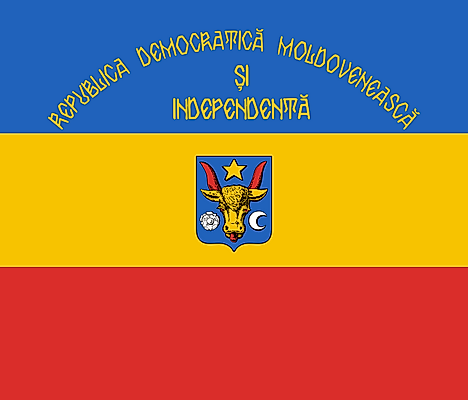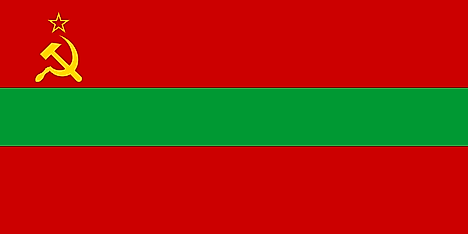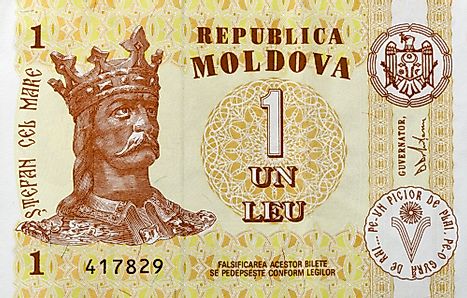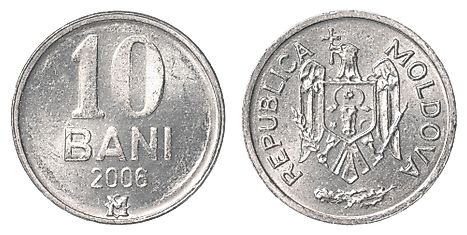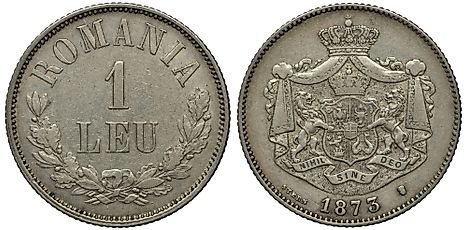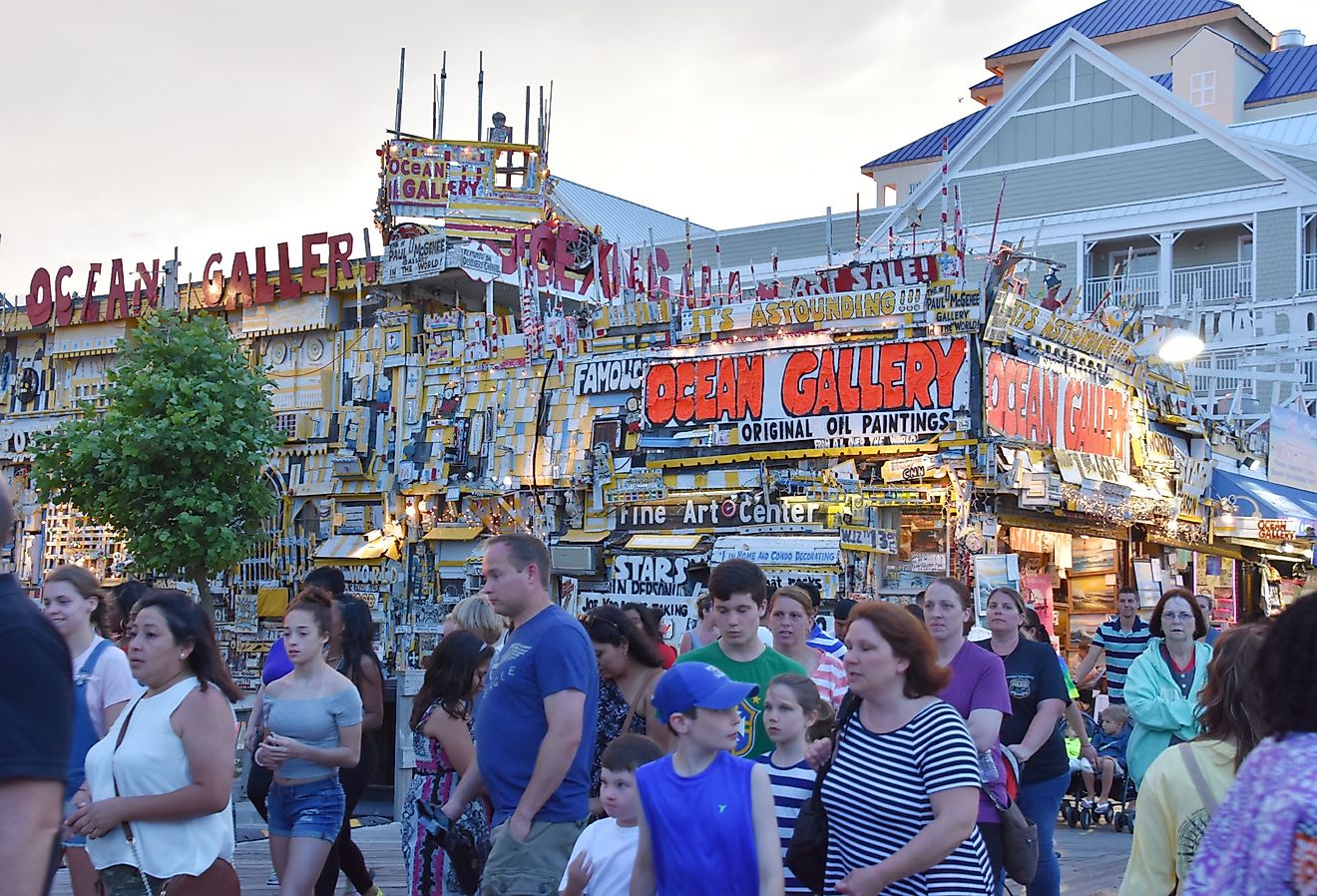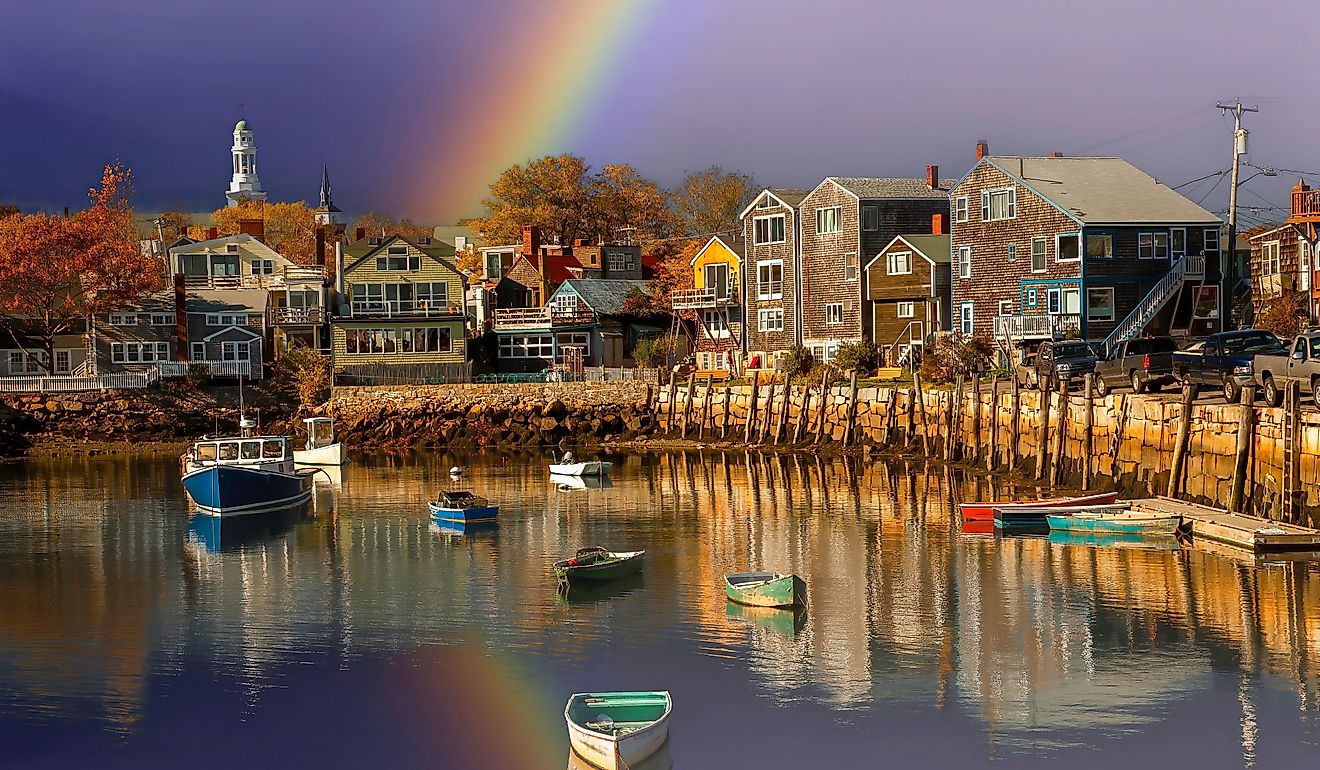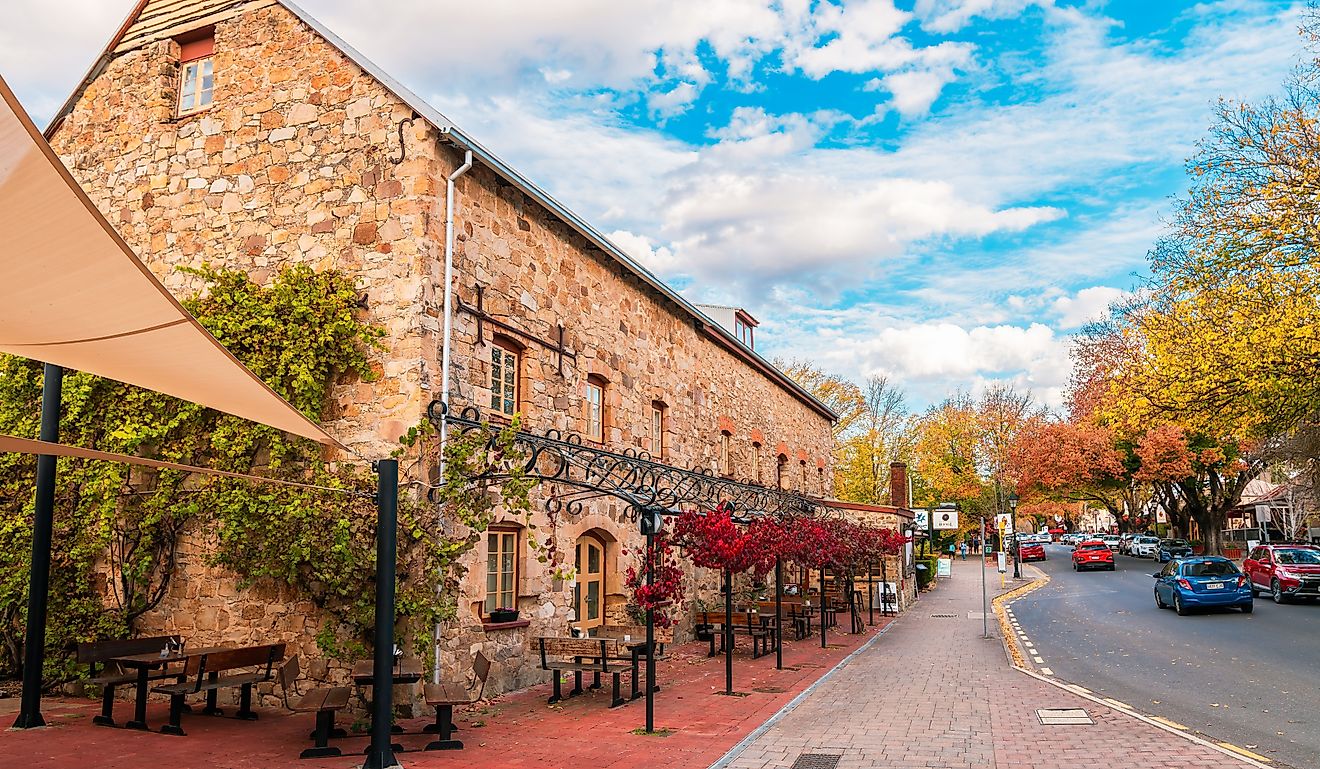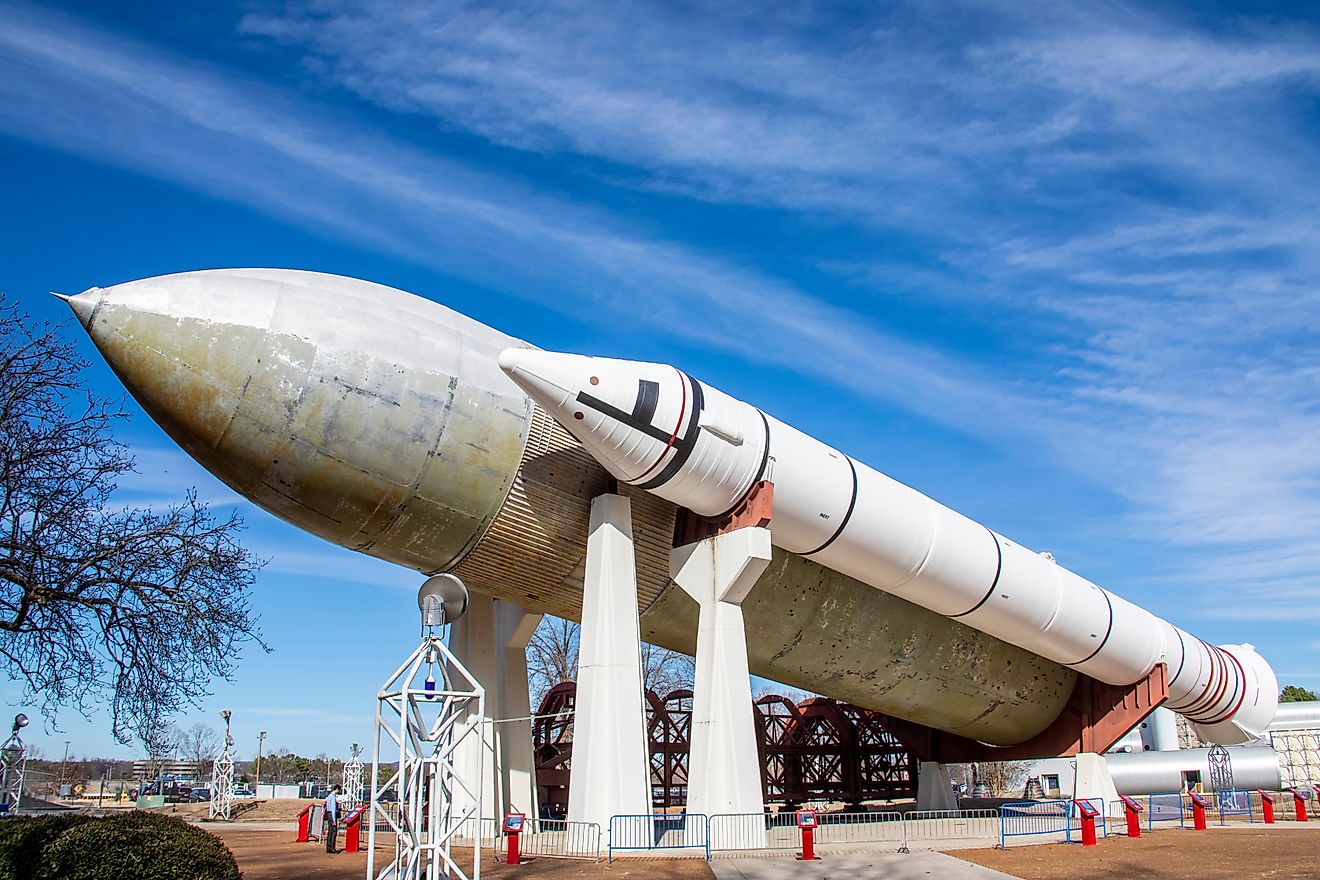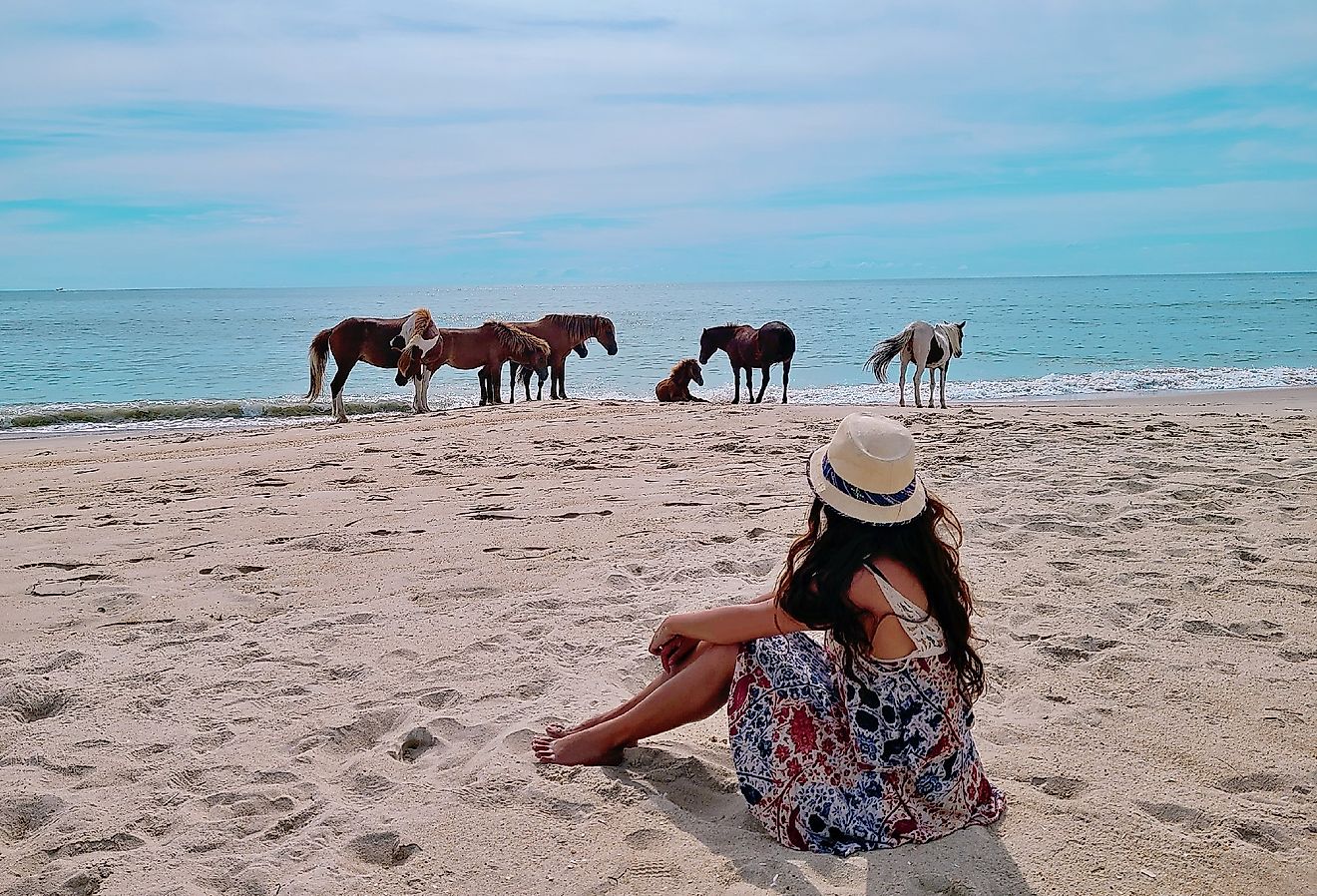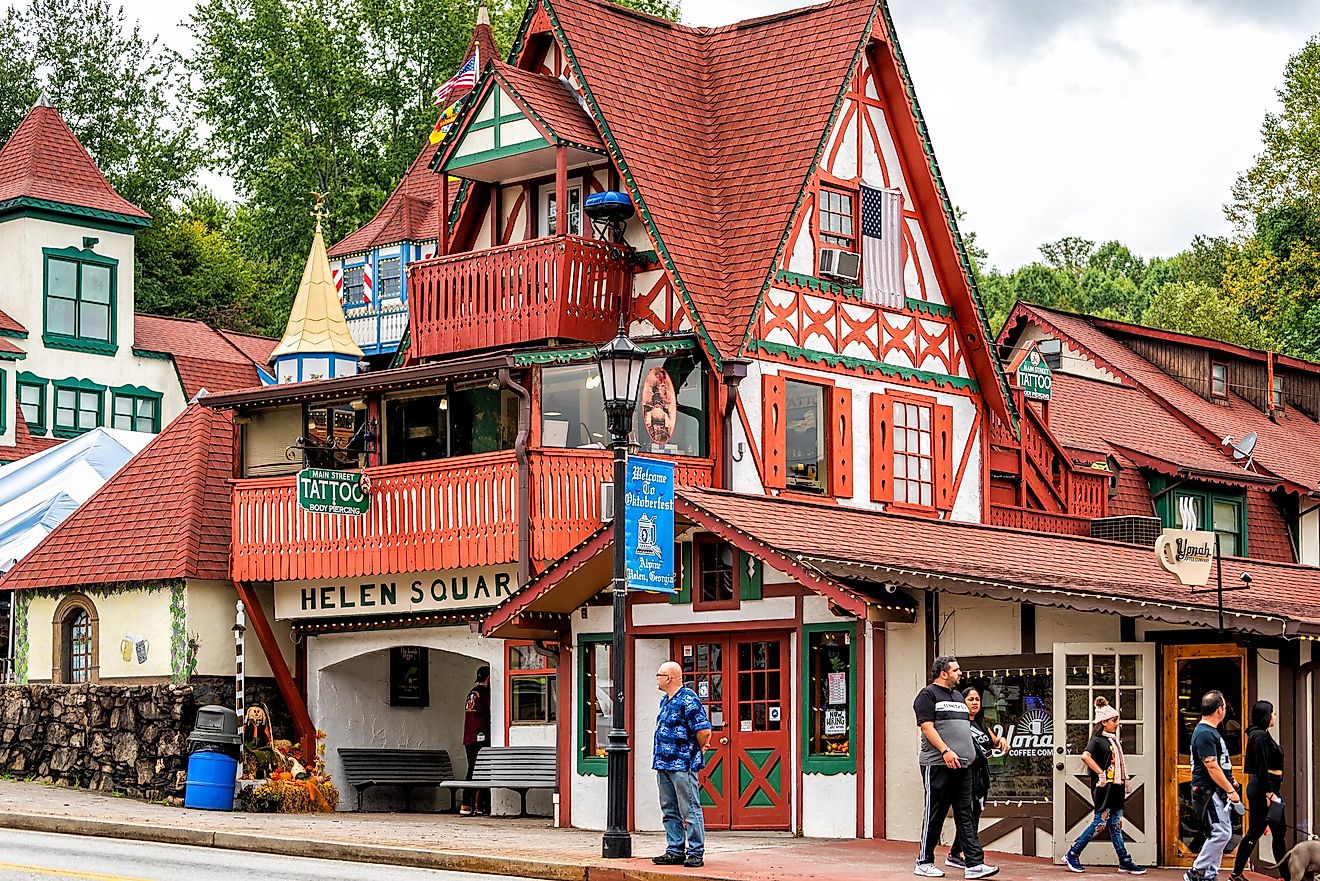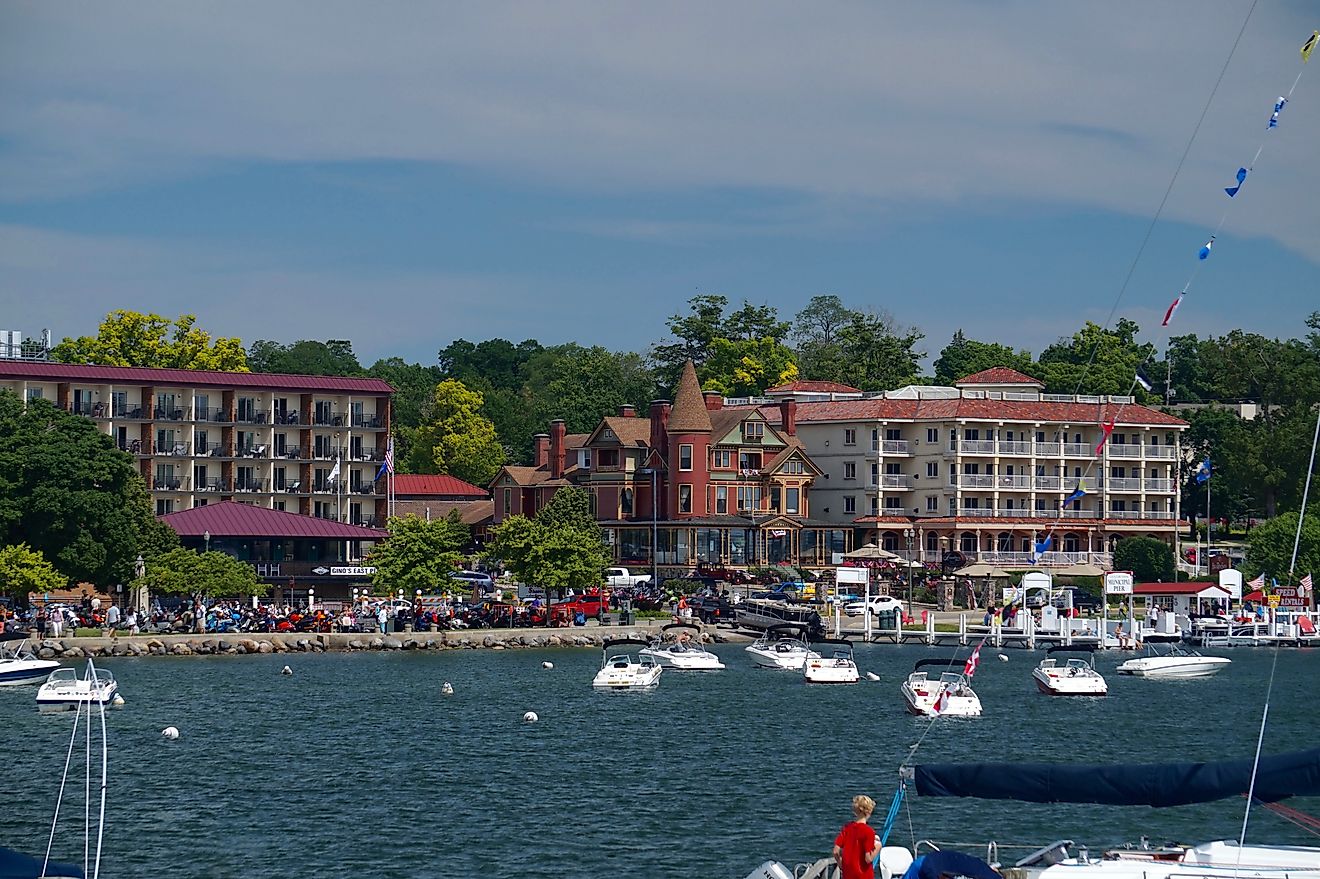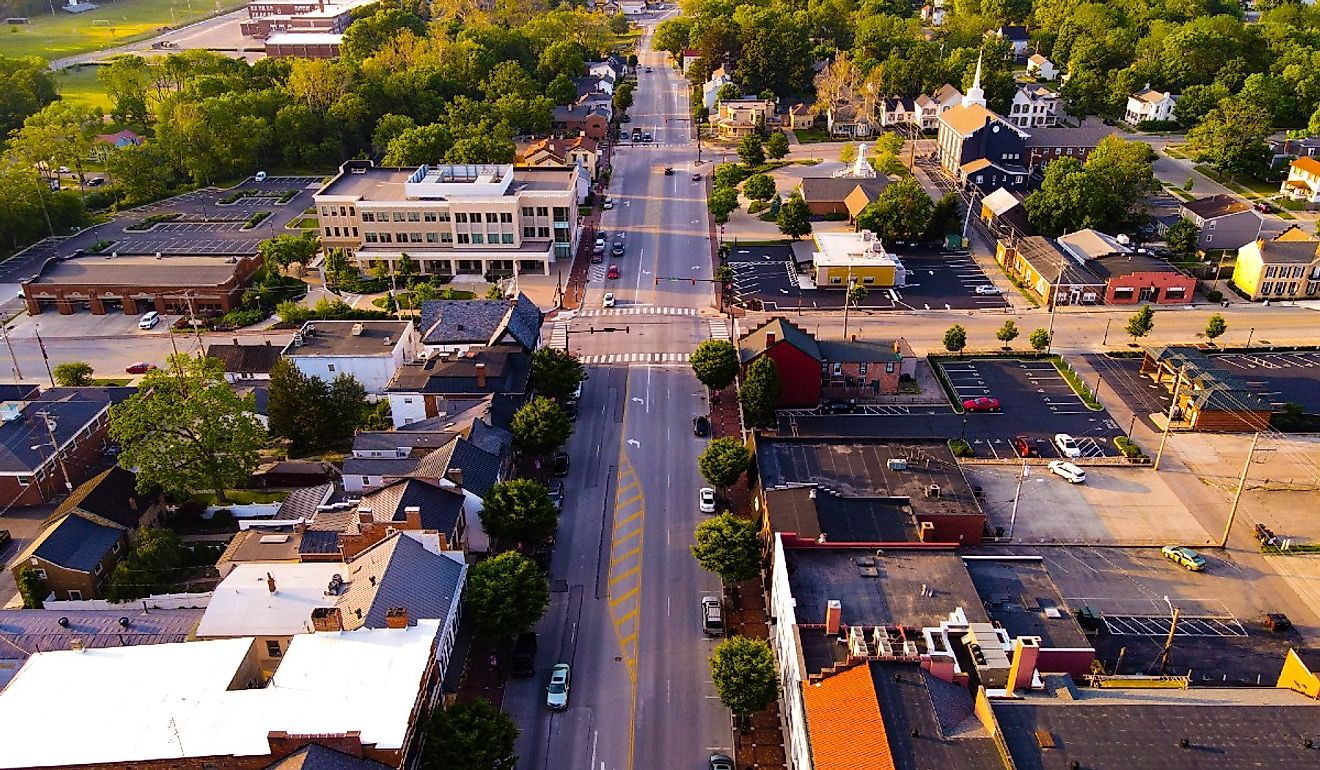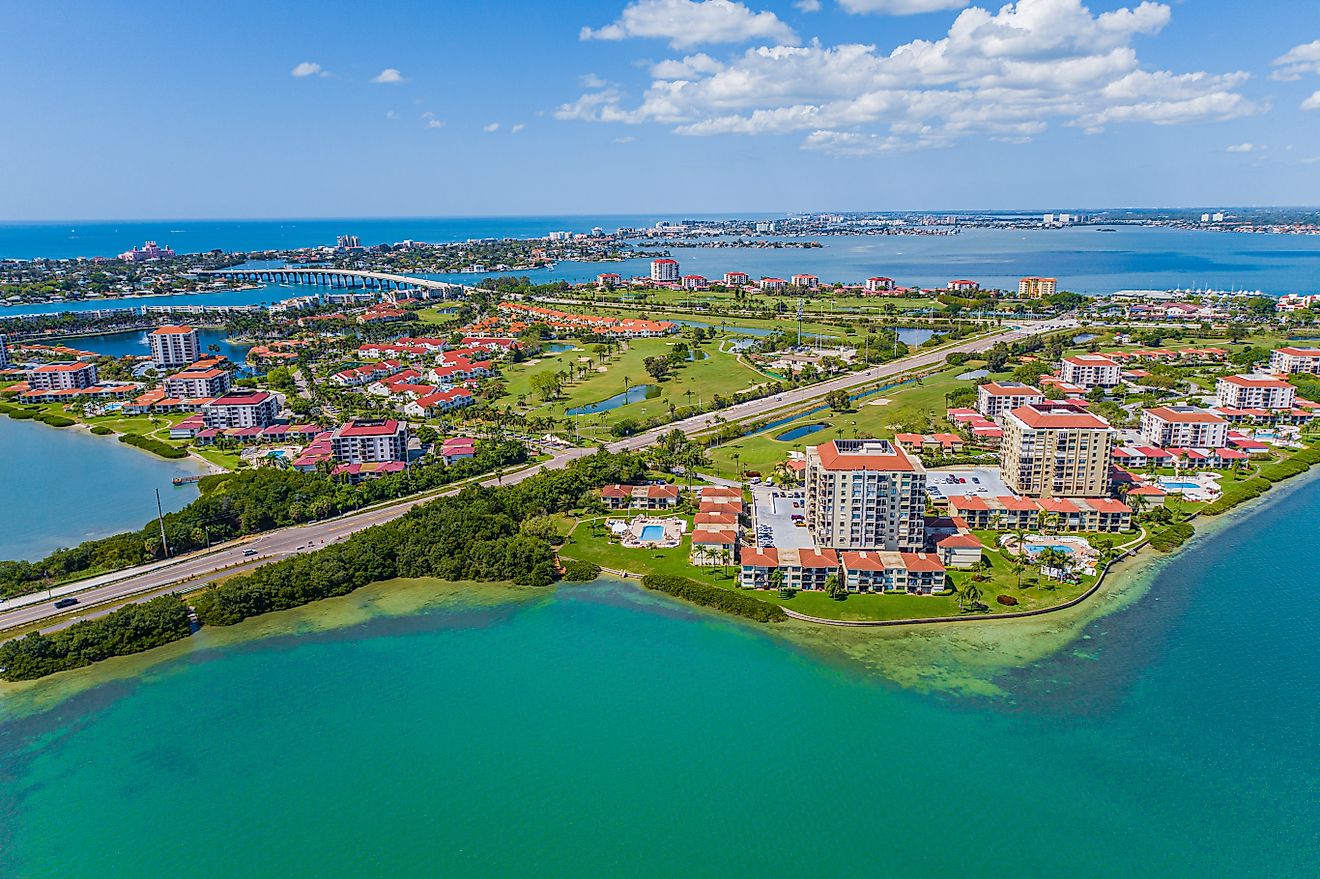Flags, Symbols, & Currencies of Moldova
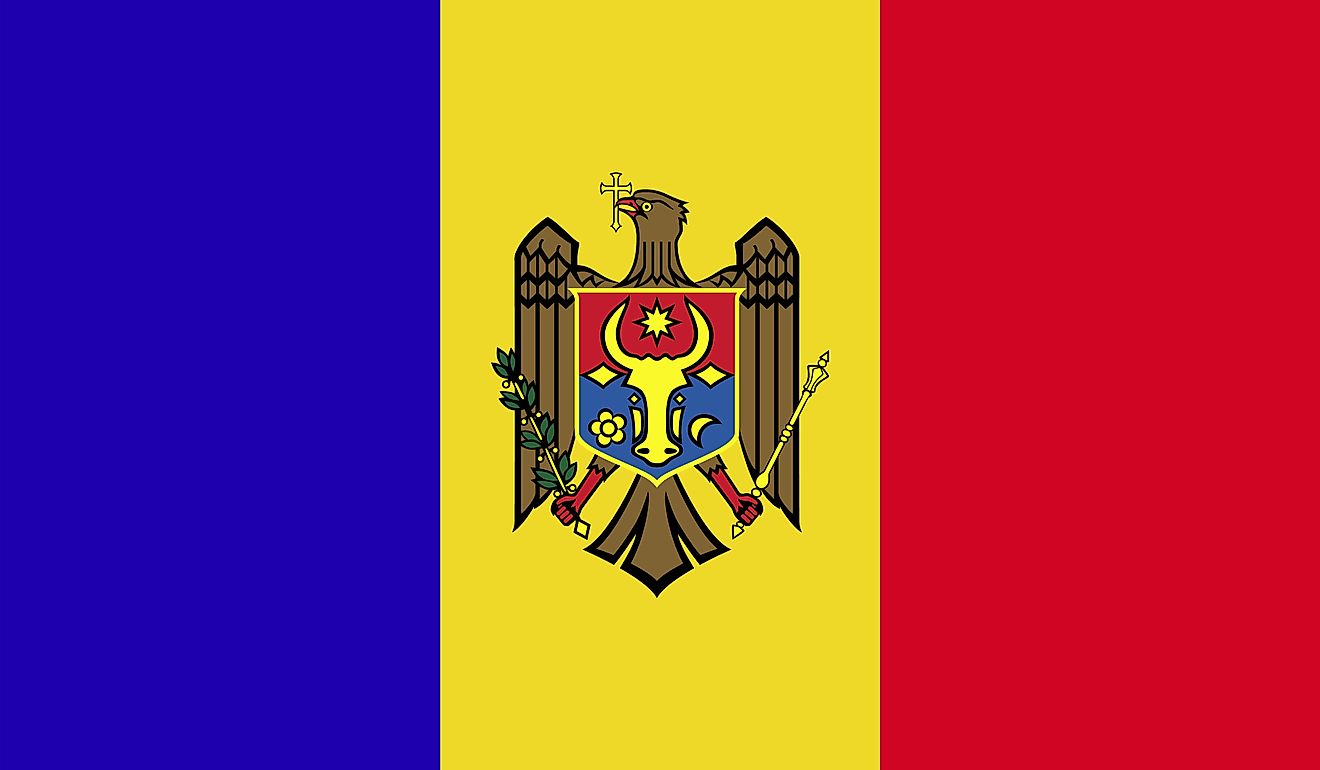
The state of Moldova officially adopted its flag on November 6, 1990.The country’s flag resembles that of Romania, indicating the close association between the two nations. The two flags are made up of a vertical tricolor of red on the hoist side, yellow at the center, and blue on the fly side. The flag of Moldova has a court of arms charged on the middle vertical yellow stripe. The court of arms has a dark golden eagle that appears to hold a cross associated with the Orthodox Christianity in its peak. The eagle also holds a branch of an olive in the right claw and a yellow staff in its left claw. On the eagle’s chest is a blue and a red shield charged with Moldova’s traditional symbols, the Aurochs’ head and there is a star located between the horns, and it is flanked by a rose and a crescent.
History Of The Flag Of Moldova
During the Russian revolution of 1917, the Bessarabia region, now Moldova became autonomous and was known as the Moldovan Democratic Republic until 1918 when it was absorbed as part of Romania, through a vote of the assembly. During this brief period, the flag was made up of the traditional blue color of the Romanian flag in horizontal format. In 1940 Romania ceded the Bessarabia to the Soviet Union and resulted in the formation of the Moldavian Soviet Socialist Republic. In 1952, Moldova acquired distinctive flag with a green horizontal stripe through the center on a red field and had a hammer, a sickle, and a star, which is associated with communism on the canton side of the flag. At the time, the green represented the agricultural activities in the country.
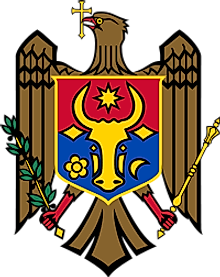
The Moldovan coat of arms consists of an eagle holding a cross in its beak, as well as a sceptre and an olive branch in its talons. Against the eagle's chest is a shield that contains the traditional symbols of Moldavia: an aurochs head with a sun between its horns, a flower to the left and a moon to the right.
Symbols of Moldova
National Coat of Arms of Moldova

The Moldovan coat of arms is built on traditional design and was adopted in 1990. It consists of an eagle holding a cross in its beak, as well as a sceptre and an olive branch in its talons. Against the eagle's chest is a red and blue shield containing the traditional symbols of Moldavia: an aurochs head with a sun between its horns, a flower to the left and a moon to the right.
National Anthem
- Anthem Title: Limba noastră (Our Language)
- Music composer: Alexandru Cristea
- Lyricist: Alexei Mateevici
- Date of Adoption: 1995
Limba noastră (Our Language) is the national anthem of Moldova, officially adopted on July 22, 1995. However, the anthem was in use as early as 1994 before the official adoption. In the early 1990s, Moldova's national anthem was"Deșteaptă-te, române!" Romanian's national anthem. The lyrics for Limba noastră were written by Alexei Mateevici, just a month before he died (1917). The lyrics were set to music in 1942 by Alexandru Cristea.
Limba noastră is a unique national anthem because it talks about the national language of Moldova (Romanian or Moldovan). However, it does not mention the language by name and only encourages the people to revive their native language.
Limba noastră (Romanian)
Limba noastră-i o comoară
În adîncuri înfundată
Un șirag de piatră rară
Pe moșie revărsată.
Limba noastră-i foc ce arde
Într-un neam, ce fără veste
S-a trezit din somn de moarte
Ca viteazul din poveste.
Limba noastră-i numai cântec,
Doina dorurilor noastre,
Roi de fulgere, ce spintec
Nouri negri, zări albastre.
Limba noastră-i graiul pâinii,
Când de vânt se mișcă vara;
In rostirea ei bătrânii
Cu sudori sfințit-au țara.
Limba noastră-i frunză verde,
Zbuciumul din codrii veșnici,
Nistrul lin, ce-n valuri pierde
Ai luceferilor sfeșnici.
Nu veți plânge-atunci amarnic,
Că vi-i limba prea săracă,
Și-ți vedea, cât îi de darnic
Graiul țării noastre dragă.
Limba noastră-i vechi izvoade.
Povestiri din alte vremuri;
Și citindu-le 'nșirate,
Te-nfiori adânc și tremuri.
Limba noastră îi aleasă
Să ridice slava-n ceruri,
Să ne spiue-n hram și-acasă
Veșnicele adevăruri.
Limba noastră-i limbă sfântă,
Limba vechilor cazanii,
Care o plâng și care o cântă
Pe la vatra lor țăranii.
Înviați-vă dar graiul,
Ruginit de multă vreme,
Stergeți slinul, mucegaiul
Al uitării 'n care geme.
Strângeți piatra lucitoare
Ce din soare se aprinde
Și-ți avea în revărsare
Un potop nou de cuvinte.
Răsări-va o comoară
În adâncuri înfundată,
Un șirag de piatră rară
Pe moșie revărsată.
Our Language
Our language is a treasure
That surges from deep shadows of the past,
A necklace of rare gems
That scattered all over the domain.
Our language is a burning flame
Amidst a people that without warning
Awoke from the sleep of death
Like the brave hero of the tales.
Our language is made of songs
From our soul's deepest desires,
Flash of lightning striking swiftly
Through dark clouds and blue horizons.
Our language is the tongue of bread
When the winds blow through the summer,
Uttered by our forefathers who
Blessed the country through their labour.
Our language is the greenest leaf
Of the everlasting codris,
Gentle river Dniester's ripples
Hiding starlight bright and shining.
Utter no more bitter cries now
That your language is too poor,
And you will see with what abundance
Flow the words of our precious country.
Our language is full of legends,
Stories from the days of old.
Reading one and then another
Makes one shudder, tremble and moan.
Our language is singled out
To lift praises up to heaven,
Uttering with constant fervour
Truths that never cease to beckon.
Our language is more than holy,
Words of homilies of old
Wept and sung perpetually
In the homesteads of our folks.
Resurrect now this our language,
Rusted through the years that have passed,
Wipe off filth and mould that gathered
When forgotten through our land.
Gather now the sparkling stone,
Catching bright light from the sun.
You will see the endless flooding
Of new words that overflow.
A treasure will spring up swiftly
From deep shadows of the past,
A necklace of rare gems
That scattered all over the domain
The Currency of Moldova is the Moldovan leu
The official currency used in Moldova is the Moldovan Leu (MDL). The National Bank of Moldova is responsible for managing the production, circulation, and stability of the currency, and is answerable only to the parliament of Moldova.
Moldovan leu Coins
One Moldovan leu consists of 100 bani (cents). In November 1993, the first coins made of aluminum were minted and circulated in the denominations of 1, 5, 10, 25, and 50 cents. Nickel-Plated-Steel coins in denominations of 1 and 5 leu coins were also circulated. The 50-cent aluminum coins and the 1 and 5 leu coins were later removed from circulation, and in 1998 a new brass-clad steel 50-cent coin was introduced. The 1- and 5 leu coins were never introduced back into circulation, but they remain legal tender and hard to come by. Since 1996, several commemorative coins have been issued by the National Bank of Moldova for collection purposes only.
Moldovan leu Banknotes
There have been two series of the Moldovan leu Banknotes. The first series was in denominations of 1, 5, and 10 lei, and was short lived. The second series of the notes are used today and are in denominations of 1, 5, 10, 20, 50, 100, 200, 500, and 1000 lei. The observe side of the note portrays a portrait of Ștefan cel Mare who was the prince of Moldavia from 1457 to 1504.
Historical Currencies of Moldova
Between 1918 and 1944, Moldova was part of the Romanian territory and recognized the Romanian Leu as its currency. Moldova sought independence from Romania on November 29, 1993, after the Soviet Union collapsed in December of 1991. It successfully replaced the Romanian Leu with the cupon at par between 1992 and 1993 before replacing the cupon with the Moldovan Leu at a rate of 1 Leu = 1,000 Cupon. Transnistria, an autonomous region seeking independence from Moldova, does not use the Leu as its currency but instead uses the Transnistrian Ruble. The state is not recognized by the international community, including the world bank, the IMF, the UN, and Moldova.
